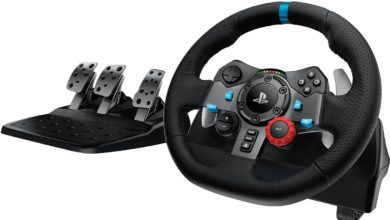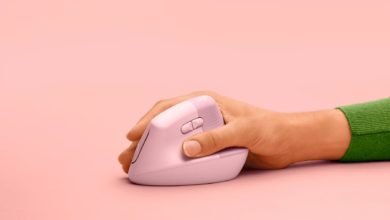Apple lose massive share in wearable devices market
The wait for new Apple Watch made a huge impact on sales of first generation Apple Watch. The impact was big that Apple’s marketshare went from 20.3% to just 7.0%. Xiaomi took second place from Apple even though Xiaomi’s market share declined (down to 14% from 17.2%). Fitbit managed to stay at the top and now has 25.4% market share. Garmin and Lifesense rounded top 5 wearable device vendors, according to IDC stats from 2Q2016 shipment numbers.
“Fitness is the low-hanging fruit for wearables,” said Jitesh Ubrani, senior research analyst for IDC Mobile Device Trackers. “However, the market is evolving and we’re starting to see consumers adopt new functionality, such as communication and mobile payments, while enterprises warm to wearables’ productivity potential.”
On the whole, the wearables market grew by 26.1%, a very healthy increase and we do expect to see the trend to continue. Once the second generation Apple Watch is released and once we see more and more brands release affordable smart watches, the market will grow exponentially.
“Basic wearables, which include most fitness trackers, have benefited from a combination of factors: a clear value proposition for end-users, an abundant selection of devices from multiple vendors, and affordable price points,” said Ramon Llamas, research manager, Wearables. “Consequently, basic wearables accounted for 82.8% of all wearable devices shipped during the quarter, and more vendors continue to enter this space. The danger, however, is that most devices end up being copycats of others, making it increasingly difficult to differentiate themselves in a crowded market.
“Smart wearables, meanwhile, are still struggling to find their place in the market,” added Llamas. “There is plenty of curiosity about what smart wearables – particularly smartwatches – can do, but they have yet to convince users that they are a must-have item. The good news is that smart wearables are still in their initial stages and vendors are slowly making strides to improve them. But this also means that it will be a slow transition from basic wearables to smart wearables.”




